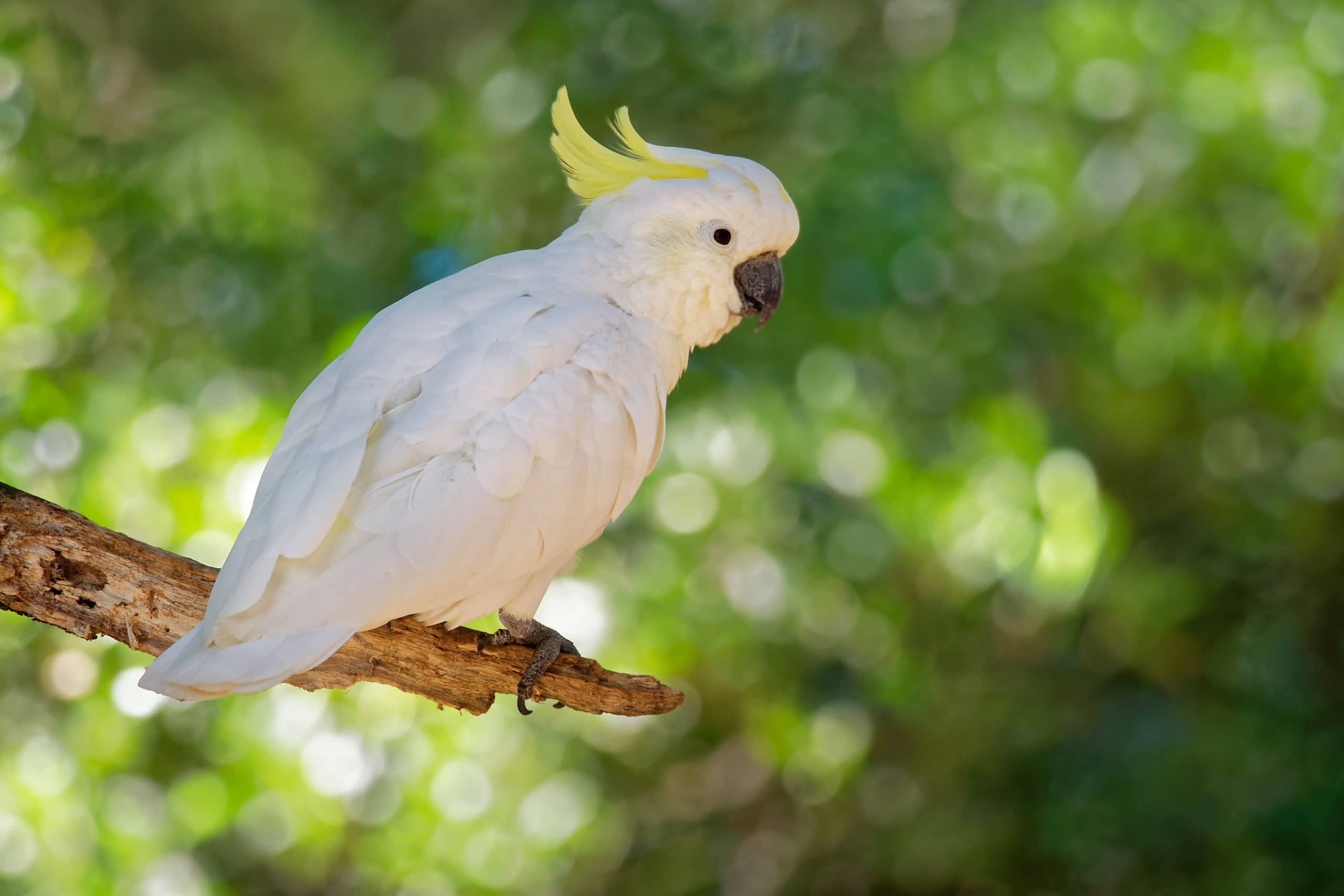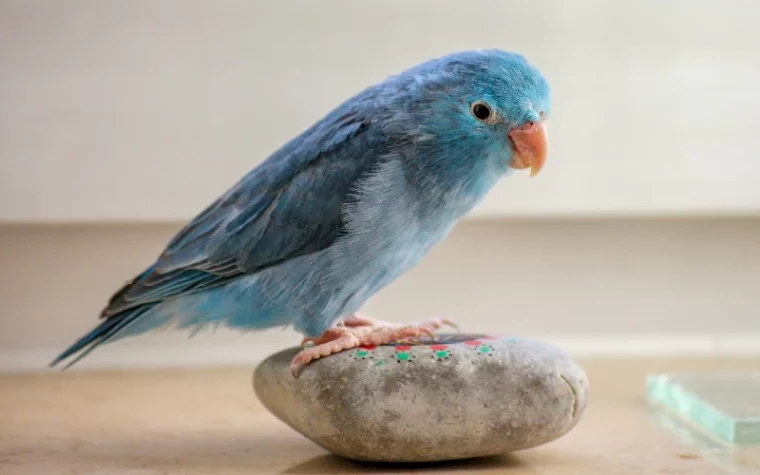
Birds make fantastic pets, so it’s no surprise that over five million American households have pet birds. Many owners find that these feathered friends are easier to care for than their furry four-legged counterparts. However, birds can be prone to certain health conditions, and if you’re not careful, your bird could quickly become severely ill.
We always recommend that prospective pet owners research before bringing a new animal into their lives, and this same rule applies to bird ownership. Knowing the diseases and conditions that could affect your pet bird makes it easier for you to recognize the signs and get treatment faster.
Keep reading to find 12 of the most common diseases in companion birds.
The 12 Common Diseases in Pet Birds
1. Avian Polyomavirus (APV)
Avian polyomavirus causes benign feather lesions, slow crop emptying in weanling parrots, skin hemorrhages, or sudden death. The species most affected by APV include Budgies, Caiques, and Eclectus Parrots. This virus is typically spread when a non-vaccinated bird is exposed to one infected with the polyomavirus. Feather dander and bodily fluids from birds with the infection can also be a source of transmission.
Most weanling and juvenile parrots with this infection will die without showing any signs. However, birds that recover from this condition may be left with abnormal feathers and will most likely remain carriers of the virus.

2. Proventricular Dilation Diseases (PDD)
Proventricular dilation disease is also known as parrot wasting syndrome or macaw wasting syndrome, as it is commonly diagnosed in species like Macaws, African Greys, and Amazon Parrots.
This neurological disease affects the nervous system and is fatal once clinical signs begin to develop. Your avian vet can treat this condition with supportive care and nonsteroidal anti-inflammatory drugs.
3. Psittacosis (Parrot Fever)
Psittacosis, also known as parrot fever or chlamydophilosis, is a bacterial infection and is highly contagious amongst companion birds. It’s caused by a parasite called Chlamydia psittaci. This condition is common in Cockatiels, Amazon Parrots, and Budgerigars and can be transmitted to humans.
Treatment for this condition often includes an oral or injectable antibiotic.
4. Psittacine Beak & Feather Disease (PBFD)
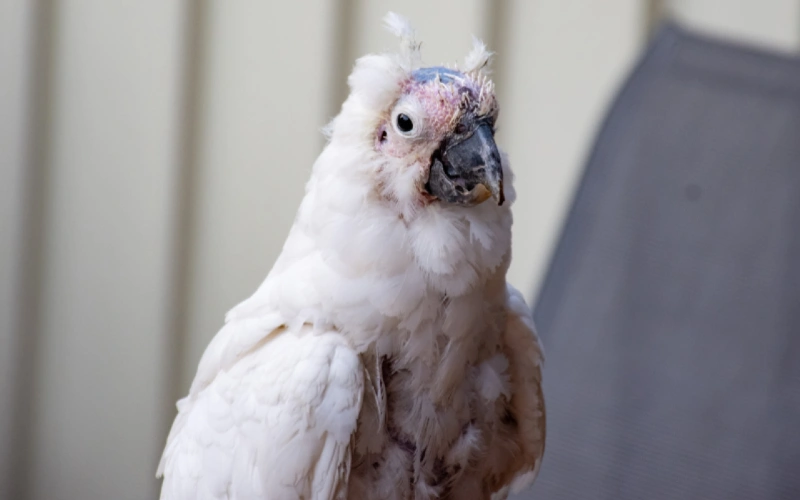
PBFD is a disease that can affect any member of the parrot family. It’s sometimes referred to as “bird AIDS” as the symptoms of the two diseases are very similar. This condition mostly affects birds under two years old but can occur at any age. As the disease progresses, affected birds will experience immune system dysfunction and may die of secondary infections.
A skin or feather biopsy is usually required to confirm the presence of PBFD. Birds with this condition will be treated with supportive care as there are no specific treatments available yet.
5. Hepatic Lipidosis
Hepatic lipidosis, also known as fatty liver disease, occurs when fat accumulates in the liver and around the heart, affecting its ability to perform normal processes. As this condition progresses, the liver’s ability to detox and clot blood becomes compromised, potentially leading to blood poisoning or excessive, prolonged bleeding.
There are two types of hepatic lipidosis depending on the age of the affected bird. Juvenile hepatic lipidosis occurs in young birds, most often due to being hand-fed calorically dense foods. Adult hepatic lipidosis occurs in adult birds and results from a long history of malnutrition.

6. Pacheco’s Disease
Pacheco’s disease is a highly infectious and deadly disease affecting birds in the parrot family. It’s caused by the Herpesvirus and can damage organs such as the liver, kidneys, and spleen. Once a bird has been infected, it may or may not develop symptoms but will usually die within days of exposure.
7. Candidiasis
Candidiasis is a common fungal disease most often seen in young birds or those with compromised immune systems. The infection affects the digestive tract and is seen in all bird species. Though Candida is normal in small numbers in the digestive tract, a disruption or sudden imbalance of bacterial populations can lead to overgrowth.
Most Candida infections can be treated with antifungal medications. However, it can sometimes develop secondary to another condition, so a full veterinary exam is necessary to determine the cause.

8. Aspergillosis

Aspergillosis is a fungal infection that often leads to respiratory disease in birds. It can cause upper and lower respiratory issues affecting the sinuses, eyes, lungs, and air sacs. The fungus behind this infection grows slowly, gradually damaging bodily tissues over weeks or months. The Aspergillus fungus exists as microscopic spores that can be found virtually anywhere, including moldy foods and soil.
Treatment of this condition can be difficult and may take a long time. It usually includes medication or surgical removal of areas with concentrated fungal growth.
9. Papillomas

Papillomas, better known as warts, are caused by the papillomavirus. A papilloma is a small, solid lesion with a clear-cut margin higher than the surrounding skin tissues. It could have a peduncle or appear more wart-like.
The only sign of papillomas is lesions or warts on the skin, most typically on the legs, head, feet, or beak. However, the lesions can also be found in various locations in the gastrointestinal tract, most often at the cloaca, the shared opening for the genital, urinary, and gastrointestinal tracts.
10. Goiter
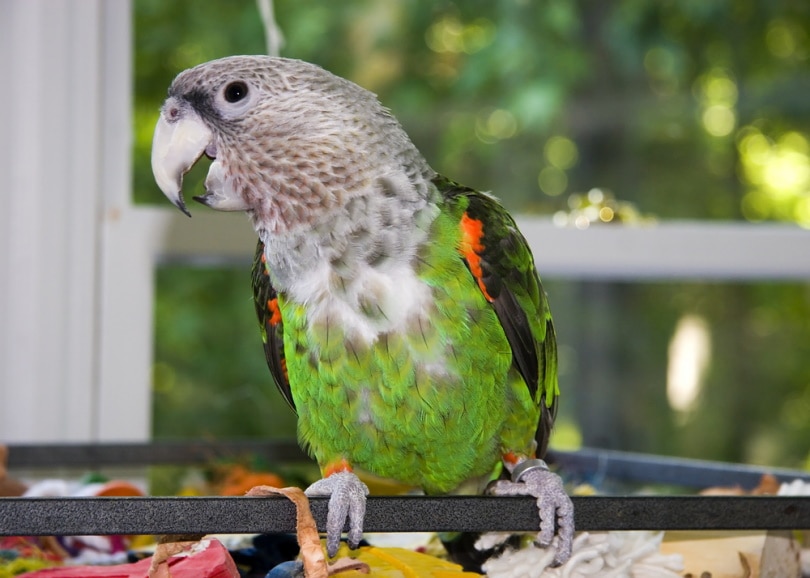
Avian goiter, also called thyroid hyperplasia, occurs when a bird’s thyroid gland cells increase, causing the gland to expand. This puts increased pressure on affected birds’ hearts, air sacs, and digestive systems.
Several things, including dietary iodine deficiency and septicaemic diseases, can cause goiter. It is often seen in birds fed primarily seeded diets as seeds are deficient in iodine, a trace element used by the thyroid.
11. Air Sac Mites
Air sac mites, or Sternostoma tracheacolum, are parasites that can enter a bird’s respiratory tract. They are most often found in canaries and goldfinches, but it’s not unheard of for other species, like budgies or cockatiels, to contract the mites.
12. Obesity
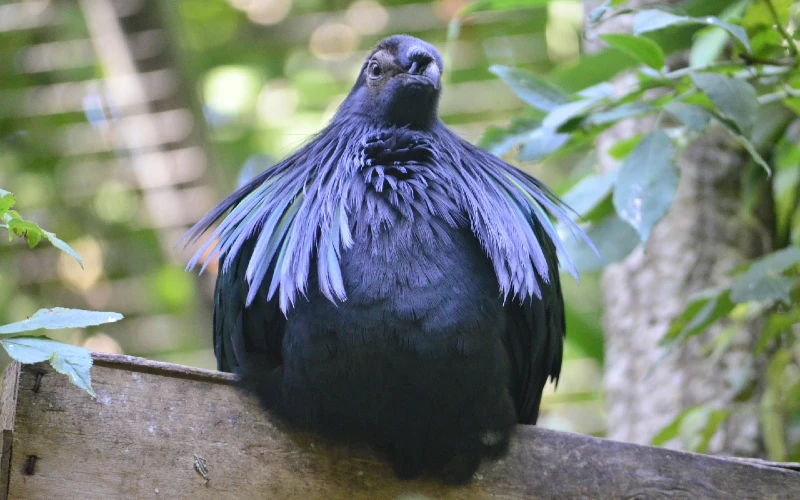
Obesity can be a major problem in pet birds due to poor diets and lack of exercise. They are sometimes confined to their cages and get their wings trimmed, providing very little means to exercise. Obese birds have an increased risk for diseases like atherosclerosis and hepatic lipidosis, making them susceptible to strokes and heart attacks. Obese birds can even die suddenly due to stress, like what they’d encounter at a routine vet visit.
Signs of obesity include:
Final Thoughts
Good husbandry can help ensure your feathered pet avoids these common diseases. But of course, sometimes pets fall ill despite their owners doing everything right. To give your bird the best chance possible, provide a high-quality diet and daily enrichment, and don’t skip out on your annual visits to your avian vet.
Hopefully, our blog has provided some insight into the common ailments birds face. Now, if your bird starts exhibiting strange behaviors, you can recognize them more easily and get treatment faster.
Featured Image Credit: klickblick, Pixabay




